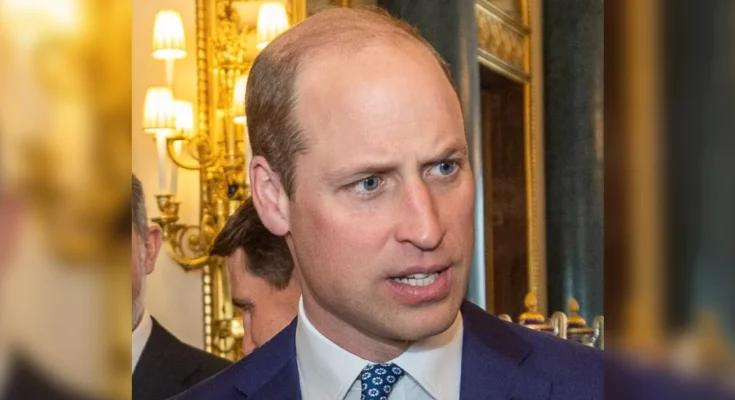In recent months, Prince William has increasingly taken on significant roles and duties traditionally held by his father, King Charles III. This shift reflects not only the evolving nature of the British royal family but also the preparation for future responsibilities that lie ahead. As King Charles continues to focus on his royal duties, Prince William’s involvement underscores a transition that is both strategic and symbolic.
The Transition of Responsibilities

King Charles III’s Evolving Role
- A Focus on Key Duties: King Charles III has been dedicating more of his time to high-profile engagements and international relations. As the monarch, his role has naturally expanded to encompass broader responsibilities that demand his attention.
- Delegation of Duties: To manage his expanding role, King Charles has delegated some of his duties to Prince William. This strategic move ensures that essential functions and engagements continue to be addressed effectively.
Prince William’s New Responsibilities
- Increased Public Appearances: Prince William has been stepping in for his father at various events and engagements, demonstrating his readiness to assume greater responsibility. His involvement includes representing the monarchy at official functions and participating in high-profile meetings.
- Charitable and Social Initiatives: As part of his expanded role, Prince William has been actively involved in charitable initiatives and social causes. His focus includes areas such as mental health, climate change, and youth development.
Key Moments and Engagements

Recent Appearances
- High-Profile Events: Prince William has taken on a more visible role at several key events, including state functions and international summits. His presence at these events highlights his growing influence within the royal family.
- Charity Work and Advocacy: Notably, Prince William has continued his advocacy for various causes. His recent engagements include supporting mental health initiatives, addressing climate change, and promoting conservation efforts.
Impact on the Royal Family
- Public Perception: Prince William’s increased involvement has been well-received by the public. His actions reflect a commitment to both royal duties and personal causes, reinforcing the monarchy’s relevance and adaptability.
- Family Dynamics: The shift in responsibilities also underscores the evolving dynamics within the royal family. As Prince William steps into a more prominent role, it highlights the preparation for future leadership within the monarchy.
The Strategic Implications
Preparation for Future Leadership
- Training for Succession: Prince William’s expanded role serves as a form of training for future leadership. By taking on significant duties now, he is gaining valuable experience that will be crucial when he eventually assumes the throne.
- Strengthening the Monarchy: The transition of responsibilities aims to strengthen the monarchy’s public image and ensure that its various functions are managed effectively. Prince William’s involvement supports this goal by maintaining the continuity of royal engagements.
Balancing Tradition and Modernization
- Adapting to Modern Needs: The royal family continues to adapt to modern needs and expectations. Prince William’s role reflects a balance between traditional responsibilities and contemporary issues, ensuring that the monarchy remains relevant in today’s world.
- Maintaining Legacy: While adapting to new roles, Prince William also respects and upholds the traditions and legacy of the monarchy. His actions reflect a blend of continuity and innovation, reinforcing the royal family’s enduring significance.
FAQs
1. Why is Prince William taking on more responsibilities?
- Prince William is stepping in for King Charles III to manage the increasing demands on the monarch’s role. This transition allows King Charles to focus on broader duties while Prince William prepares for future leadership.
2. What are some recent engagements where Prince William has represented King Charles?
- Prince William has participated in high-profile events, including state functions and international summits. He has also been actively involved in charitable initiatives and advocacy for social causes.
3. How does Prince William’s increased role impact the royal family?
- Prince William’s expanded role strengthens the royal family’s public image and ensures continuity in royal engagements. It also highlights the evolving dynamics within the monarchy and prepares him for future leadership.
4. What are Prince William’s key areas of focus in his new responsibilities?
- Prince William’s key areas of focus include mental health, climate change, and youth development. His involvement in these causes reflects his commitment to addressing contemporary issues.
5. How is the public responding to Prince William’s increased role?
- The public has responded positively to Prince William’s increased involvement. His actions are seen as a commitment to both royal duties and personal causes, reinforcing the monarchy’s relevance and adaptability.



